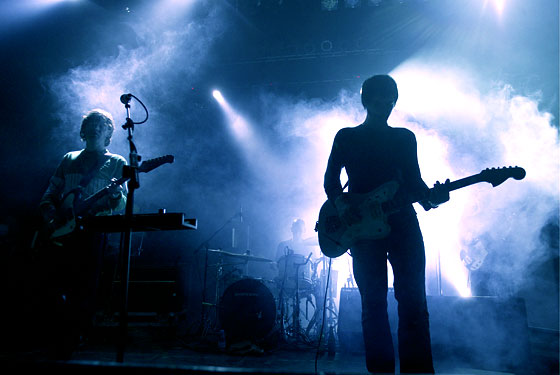Poet Lewis MacAdams founded Friends of the Los Angeles River (FoLAR) 27 years ago, imagining a lifelong project to return the bedraggled waterway to greatness and greenness. He conceived this goal the best way he knew at the time: as performance art. An L.A. Times reviewer snarkily dismissed MacAdams’ FoLAR show in a Downtown theater, writing, "With friends like MacAdams, the river needs no enemies."
Back then, the L.A. River was a punchline. Authorities didn’t even call it a “river.” It was a “flood-control channel,” an ugly flushway to hide from view. (I remember this first-hand: I wrote the first-ever article about FoLAR; it was for L.A. Downtown News.)
(Note: I originally published this article right here in the Huffington Post.)
How things have changed. In October MacAdams was part of a high-powered, river-support delegation to Washington, D.C. headed by Eric Garcetti, who, in his first visit as mayor, met with President Obama. They were among the many allies FoLAR has joined to support restoration. Over the years, these groups have claimed many victories: Two river-adjacent railroad yards are now state parks. There are half a dozen riverfront pocket parks, some carved-out almost by hand by neighborhood activists. A bike path nearly connects Griffith Park with Elysian Park.
Perhaps most importantly, the entire Los Angeles urban-design and architecture community has rallied behind the River. Every thinker, planner and legislator knows the River can become an extensive parkway, open to neighborhoods long denied environmental justice, and to a city thirsting for public space.
“Removing the concrete is now no more controversial than Mom and apple pie,” says MacAdams. “Even the County Department of Public Works, which for years believed only in rushing water to the ocean, now embraces education and recreation as goals. So let’s take a breath to celebrate all that. But let’s also not forget, as we move forward, that for nearly 100 years the river has been smothered and straightened, and that we owe her as complete a repair of the eco-system as possible.”
The focus is now on Glendale Narrows, the 11-mile stretch bending past Dodger Stadium toward Downtown. Because its water table is high, this is the only section never entombed in concrete. It is here that, after years of study, the Army Corps of Engineers plans an ambitious restoration.
The Corps – responsible for the concrete infrastructure – offered two main proposals. Alternative 20 removes about six miles of concrete in Glendale Narrows, restoring about the same length of habitat. Alternative 13 restores only about half as much. It costs about $500 million, while Alternative 20 doubles that, spread over about 20 years.
The Corps argues that Alternative 13 best maximizes habitat restoration relative to the cost. But this proposal meets just the minimum restoration. It fails to connect riverfront parks and does not provide complete public access.
The mayor and all top California elected officials, plus 10,000 petition-signers, are pushing Alternative 20. It alone has the power to leverage the river the way cities such as San Luis Obispo or San Antonio do: as a central urban artery and park system, that is also a healthy ecosystem.
“It's a down payment on the future of the city, and the first fundamental effort to re-weave the mountains to the city and the river,” says MacAdams.
Now it’s up to the Army Corps to sort through everyone’s comments and finalize a decision (slated for January 19).
"Despite which alternative is selected for recommendation to Congress, an ecosystem restoration project for the Los Angeles River would be a momentous opportunity for ecological improvements and would likely be a catalyst for future efforts,” Corps L.A. District Public Affairs Chief Jay Field told me.
Let’s remember that the Corps, too, has evolved. It was the Corps who – following devastating 1930s floods – first poured the concrete. Floods were a very real threat. Before then, the river would, during rainy years, overflow and try to change course.
Earlier in history, the river diverted through what is now the Westside. Culver City’s Ballona Creek (also in drastic need of restoration) is a vestige of that period. As is the very name La Cienega, which means “the swamp.”
So for the Army Corps to now embrace restoration is a big step forward.
Just not big enough.









